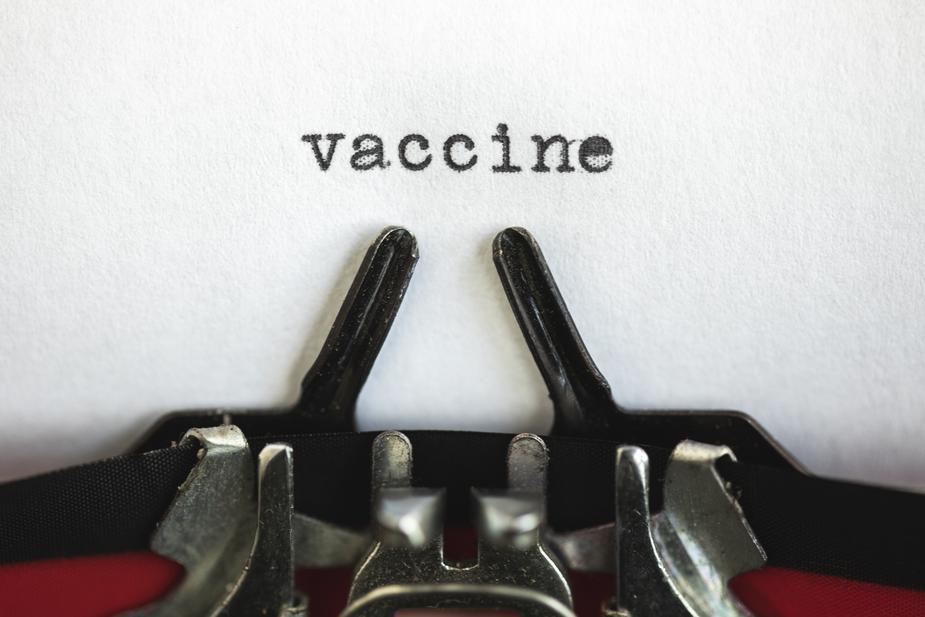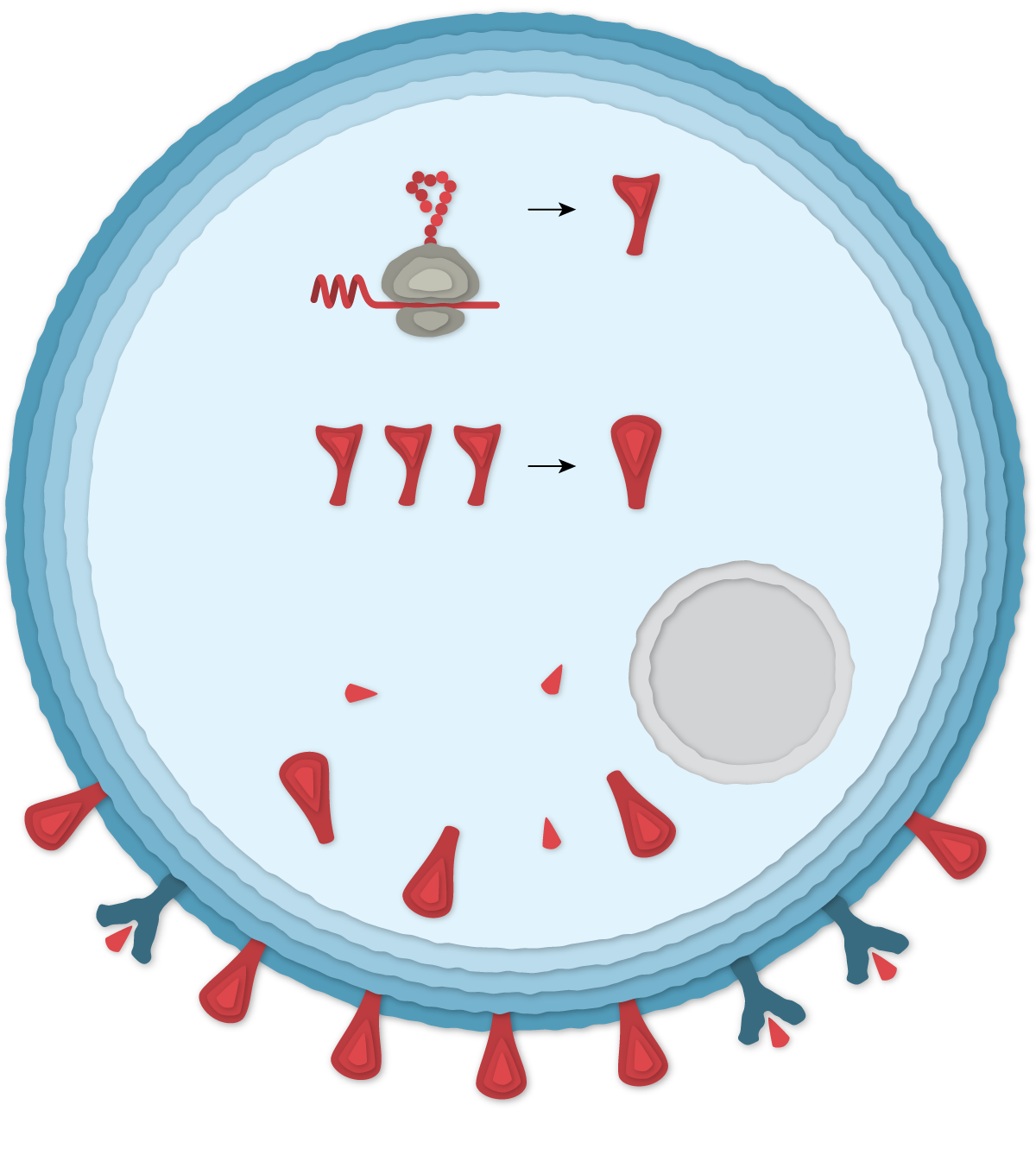Covid Vaccine Safety Concerns
Who Is Making Them | The Ingredients | How They Work | Potential Side Effects and safety concerns
It seems like every day we are involved in a conversation about Covid vaccines. The news and media play a huge part in spreading fearful numbers and death rates to the public. Then enforce the need for the vaccine distribution after the commercial break. I want to say that the media is the driver for a lot of misconceptions and lack of clear information to the public about these vaccines. Beyond media misconception, we’ve all had conversations and questions like;
Did you get the vaccine?
Which vaccine are you going to choose?
Are they safe?
In addition to the lack of information how do these vaccines actually react in the body and will having an adverse effect to fluoroquinolone antibiotics leave you worse off or better? I hope to give you some clear evidence based factual information so that you can navigate the road of vaccinations. This will be a two part blog post so make sure you subscribe to the site to get updated on the second post “Is my body more prone to react to the vaccines because of fluoroquinolone toxicity”
My Bias
Western allopathic medicine failed me on every level imaginable, so you can clearly see my bias here. I was given a $30 prescription of Cipro for suspected prostate issue and from there it was doctor office to doctor office with symptoms unimaginable to a healthy 28 year old professional athlete. But that did happen and it reinforced my bias that western medicine in careless and dangerous at times. So that leaves me too fear vaccines, but should I? Could they be a necessary evil so I thought? Let us dive down the rabbit hole of vaccines and see where we land. Remember I will try to be unbiased and give you enough information for you to review but ultimately this is your decision and it is a decision that could save your life so think about it.

The history of vaccines
This is a quick overview of vaccines and why humans created them. The story of vaccines did not begin with the first vaccine–Edward Jenner’s use of material from cowpox pustules to provide protection against smallpox. Rather, it begins with the long history of infectious disease in humans, and in particular, with early uses of smallpox material to provide immunity to that disease. Edward Jenner’s innovations, begun with his successful 1796 use of cowpox material to create immunity to smallpox, quickly made the practice widespread. There is also evidence that the Chinese had inoculated smallpox as early as 1000CE. You can see a timeline of the history of vaccines as well.
Antitoxins and vaccines against diphtheria, tetanus, anthrax, cholera, plague, typhoid, tuberculosis, and more were developed through the 1930s. Remember polio? Your great grand parents may and how that vaccine saved millions of lives. Moving on to the middle of the 20th century the human race made advancements in vaccines by leaps and bounds. We tackled measles, mumps, and rubella, and vaccines for these diseases reduced the disease burden greatly.
Needless to say vaccines aren’t going anywhere and have been apart of human existence for some time now. However moving into the future what will these massive trillion dollar industries do to advance vaccines or safety profiles in humans?
Pfizer and Moderna Vaccines and J&J
Download the FDA results below
Pfizer
Moderna
J&J
Pfizer
So, what do we currently know about the Pfizer vaccine? The trials had let us know that approximately 44,000 people were studied in the company’s trial and that the adverse outcomes were low, with the vaccine having approximately 95 percent efficacy. Initially published data on November 8 stated that the vaccine was 90 percent effective, which was upgraded to 95 percent on November 18. Fifty million doses of this vaccine are due to be administered in 2020 and up to 1.3 billion doses will be available in 2021, with two doses per person. This would mean approximately half a billion out of 7.6 billion people on the current track. But there isn’t yet enough data to prove whether the shot can prevent vaccinated people from carrying and spreading the virus or whether it can ward off asymptomatic infections, the FDA said. The agency also couldn’t say how well the vaccine works in kids younger than 16 or whether it can prevent long-term health effects of COVID-19.
Moderna
This is the second vaccine accepted by the FDA published their data on November 16, saying that their vaccine was 94.5 percent effective. There were ninety-five cases of infection in the study population of 30,000 patients and of those, only five had received the Moderna vaccine and had only mild symptoms. Many susceptible population groups were excluded, such as pregnant women, the very elderly, the immune compromised, and children. Those numbers seem promising and low.
J&J
Last but not least is the Johnson & Johnson (J&J) vaccine. The Centers for Disease Control and Prevention recommended the Johnson & Johnson one-shot COVID-19 vaccine for use in people 18 years of age and older. J&J is testing a coronavirus vaccine known as JNJ-78436735 or Ad26.COV2.S. Clinical trials showed that a single dose of the vaccine had an efficacy rate of up to 72 percent. The vaccine has been authorized for emergency use in the United States.
Janssen Pharmaceutica, a Belgium-based division of Johnson & Johnson, is developing the vaccine in collaboration with Beth Israel Deaconess Medical Center. I am concerned with both companies (Moderna and Pfizer) why were there no initial third party trails or meta analysis done based on multiple double blind studies, aren’t you?
How These Vaccines Work
The first two vaccines to market, Moderna and the Pfizer vaccines are a new type called mRNA vaccines. What is mRNA you ask? Check out that topic here for more information if you would like. Vaccines of the past like the flu vaccine or the polio vaccine, are entirely different types of vaccines. They contain inoculated viruses or multiple viruses, as in the case of the flu vaccine. The simplicity of these prior vaccines make it fairly easy to track effectiveness and safety however can we do that onto these new vaccines? Moreover can we be sure the new mechanisms of action from these covid vaccines be safe for human kind long term? Only short animal trials were postulate as safe but no long term studies have been done and that is scary to me.
Both Moderna and Pfizer vaccines use genetic code in terms of computer, lab derived mRNA sending information to your own cells on how to temporarily, not permanently, manufacture what’s known as the spike protein, see the image below of a spike protein. This is a what is found on the outside of the coronavirus.

Your cells receive this mRNA genetic code (from the vaccine) that’s wrapped in polyethylene glycol or PEG. Your cells will absorb the code and send it into the cell ribosome where it will make a spike protein. Your cells then release the spike protein for which your own immune cells called T cells and B cells (antibodies) are developed, attacking these spike proteins.
The J&J vaccine works on a simpler masking method of action. J&J vaccine is a viral vector vaccine. It is made from an inactivated adenovirus, the virus that causes the common cold, and contains a piece of DNA that instructs the body to make the COVID-19 spike protein.This in turn triggers an immune system response, giving you protection should you ever be exposed to the real virus in the future. The use of genetic instructions makes the Johnson & Johnson vaccine similar to the other two vaccines, which contain mRNA that instructs the body to make the COVID-19 spike protein.
So how many shots?
Pfizer and Moderna require two shots and here is why. The first dose primes the immune system to understand the virus. The second dose builds the long term immunity using instruction sets within the T and B cells. Now that your DNA is altered (holy shit that scared me just typing that as if FQs didn’t do enough to me) your body has the instruction set to make the spike protein for some time or so they think? However some researchers believe that we will continually need to dose annually (hooray for big Pharma profits right!!).
The J&J vaccine only requires one shot because it was developed as a “trojan horse vaccine”. Using the Adenovirus-based vaccines for Covid-19 are in theory more rugged than mRNA vaccines from Pfizer and Moderna. Their DNA is not as fragile as RNA, and the adenovirus’s tough protein coat helps protect the genetic material inside. So this means you only need one shot the virus will recode your cells from the initial viral load that the immune system will respond too.
The issue with respiratory vaccines is that there is no long term immunity studies on them currently. That leaves us the end user wondering if annual or biannual shots are needed and what does that do to our immune system as we generally have no idea.
Many vaccines, like the measles vaccine, confer lifelong immunity, but respiratory infections like Covid-19 do not and neither will the vaccines. Naturally occurring immunity seems to start to fall off after two to three months, with the possibility of getting a second infection rising after that period, especially as the virus appears to be mutating into more virulent forms. We do know that some have had reactions to the first two vaccines and testing is being done now as we speak but by who the companies that manufactured them? I am not sure that data will be totally honest if you ask me. Moreover the first known case of reinfection post vaccine was noted on April 25 and the first known case of a second infection causing death was published in October 9, 2020. (1)
Potential Side Effects and Symptoms
Besides the sore arm after the shot what is next? After you dose you may have issues with muscle soreness, stiffness and muscle pain lasting a few days.
After the second injection (Moderna & Pfizer), most of the immune defense building takes place and one may feel a flu-like illness with low-grade fever, fatigue, and chills. This only usually lasts a day and is gone by the morning. However if you do not see some of the symptoms that means your body is not fully primed from the first shot.
Please note that the “flu” like symptoms are not Covid related and more so the immune response to making the proteins.
Here is what the mainstream media is claiming as side effects;
Injection site pain and swelling
Fatigue
Headache
Chills
Fever
Muscle and joint pain
Nausea
Delayed swelling, redness or a rash at the injection site
Swollen lymph nodes (typically manifests as a lump in your armpit or above your collarbone)
Here is the side effects some patients are stating
Convulsions
Shaking (uncontrollable)
Dizziness
Inability to walk
Joint pain
Since the vaccine use is so new and FDA reporting is so slow we really do not know what the
side effects actually are.
How the Moderna, Pfizer and J&J Vaccines Differ
There are differences between the Moderna and the Pfizer vaccines. Moderna’s vaccine encodes for the entire spike protein on the surface of the virus, whereas Pfizer’s vaccine only encodes for a part of the spike protein called the binding domain. J&J have decided to encode the instruction set to an older well know virus called the Adenovirus. The spike protein is what a virus uses to attach to your cells, inject its DNA, and thus turn your cells into a factory for virus replication that spreads throughout your body. The Moderna version is given twenty-eight days apart, whereas the Pfizer vaccine is administered twenty-one days apart. J&J on the other hand is a one shot dose. Pfizer and Moderna vaccines need to be kept cold while J&J do not. Moderna vaccine has been shown to have stronger reactions at the second dose













… [Trackback]
[…] Find More Info here on that Topic: floxiehope.com/covid-vaccine-safety-concerns/ […]
… [Trackback]
[…] Information to that Topic: floxiehope.com/covid-vaccine-safety-concerns/ […]